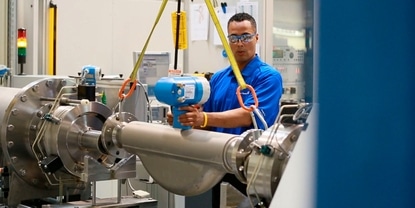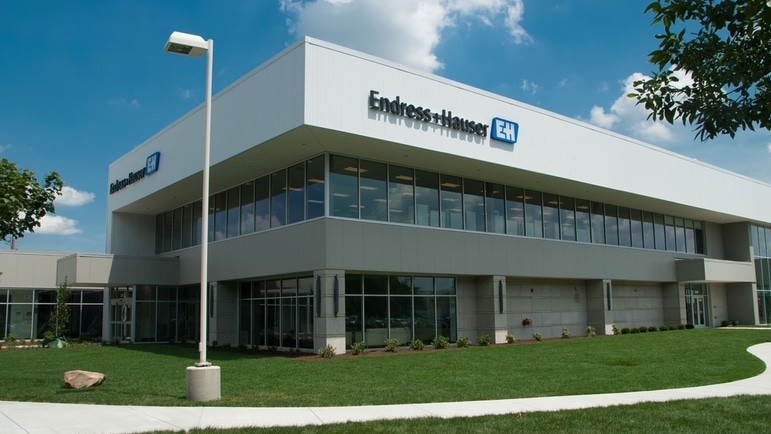Endress+Hauser: Patient, targeted approach to talent development
Even though it’s part of a global company with more than 15,000 employees in more than 100 countries, Endress+Hauser USA takes a decidedly local approach to cultivating talent for the future.
For its U.S. operations – where some 1,000 employees work, roughly half of them in Greenwood – the Swiss measurement and automation technology firm focuses its student programs on a relatively small area. For example, its annual Community Career+Education Forum, which attracts hundreds of Johnson County and southern Marion County students from grades 7 to 9, along with their parents and educators, to an opportunity to mingle with manufacturing professionals in an event highlighting STEM and advanced manufacturing career opportunities.
The clearly defined geographic footprint is indicative of Endress+Hauser’s overall approach to talent development. The initiative has succeeded, Director of Workforce Development Nicole Otte says, by staying focused and taking the time to do things right, whether they’re doing the annual forum, conducting school visits, hosting informational nights or other outreach activities.

“We didn’t do all the things we’re doing now in a day,” she says. Her advice to organizations looking to execute a more targeted approach to talent development is to start small, whether that first step is signing up to be a guest speaker at a school or implementing a new internship or mentorship program. She also suggests identifying your geographic footprint and desired impact upfront, which she believes to be a critical factor contributing to Endress+Hauser’s programmatic success.
While it’s always been important, the current worker shortage makes it imperative that the advanced manufacturing industry engage future employees before they start down a career path, Otte says, but doing so requires patience and a long-term commitment. Firms willing to take that long view will see a return on their investment over time in the form of a more robust talent pipeline, decreased turnover, or other benefits.
Otte adds that Endress+Hauser’s experience also highlights the importance of engaging parents and educators who have influence over a student’s decisions about the future, and to get those people on-site at manufacturing facilities along with the student when possible. Her firm’s success has come from recognizing that the purpose of such outreach events, community forums and in-school initiatives is not to “close the deal” on the first meeting. Instead, the job is to build trust and relationships that position employers to inform a student’s career path.
One thing that likely won’t work terribly well, Otte suggests, is trying to do it alone. It’s best to build consortiums with other firms in the industry, working together to promote the opportunities to be found throughout the field and collaborating with community organizations, economic development groups and others that can help make your case.
Following guidelines like these has helped Endress+Hauser build its local workforce and maintain a high employee-retention rate, Otte says, even in the midst of the pandemic and worker shortage.
“The great resignation?” We’re feeling it also,” Otte says. “But I feel it’s not to the level of some organizations, and that’s because, with our early talent initiative, our funnel is more full.”

